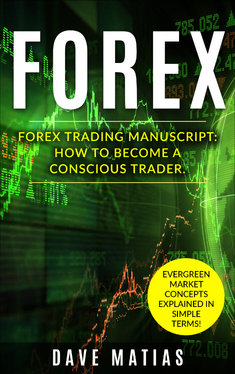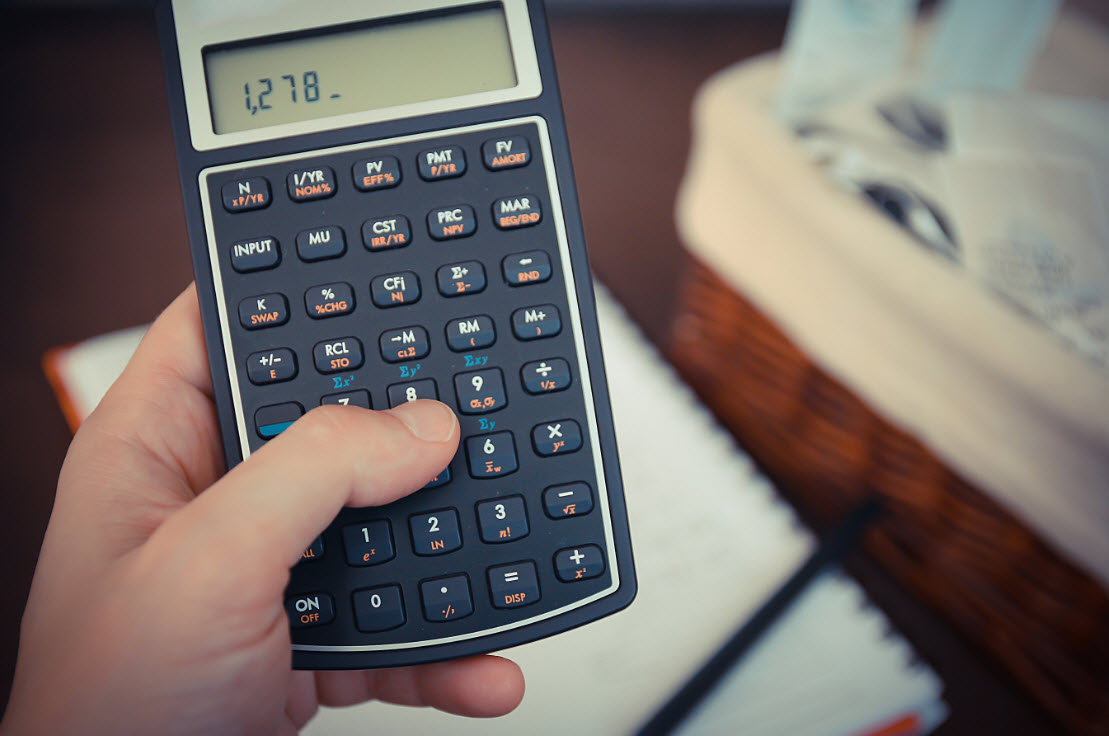
You’re never going to make money trading Forex market! One of the main reasons why most traders fail in the forex market is because they end up getting trapped in what I call the “cycle of doom. So what is the “cycle of doom?” Well, the cycle of doom is basically this…
Let’s assume you start off trading the forex market; you’ve got yourself a strategy, you might have developed the strategy yourself, you might have copied it from another successful trader, indeed you might have bought it from somewhere on the web or so forth.
Now, you have your strategy and you’re about to start trading this with live money. You start putting the trigger, and off the bat you start making some money; everything’s going great!
Then the inevitable happens. You start losing some money. The strategy starts… taking money away from your trading account. Now, this doesn’t feel comfortable.
The most common thing you do when you start to lose money is you start to doubt the strategy.
You start to tweak the strategy; You make minor changes to the strategy, and then you get back trading again. And of course, you start to make some money again, now you think, you have the perfect strategy!
But then again, the inevitable will happen, you will start to lose money. Every strategy will go through its losing periods. But you doubt, you start to doubt your strategy, so again you start to tweak; you make further minor changes to the strategy.
And off you go again… and it starts to make money. Same thing happens, you start to lose money, and you tweak again.
And eventually, after tweaking so many times you’re going to have completely lost faith in that strategy. You’re going to throw it out, and you’re going to go and search for another strategy.
You’re gonna hop between that old strategy and a new strategy. The same thing will happen, you start to make money, then the inevitable happens, you’ll start to tweak it, and then round and round the circle, the cycle of doom you go.
Hopping and changing between strategies, in the hope that you’re gonna find that Holy Grail. Well, get this, it doesn’t exist.
How do you make sure you don’t get trapped in that cycle of doom?

Well, first thing you do to do is you need to have confidence in the strategy that you’re implementing in the market.
Well, how do you gain confidence in your strategy?
Well, you need to…Fully back test the strategy.
You need to put it through all historical data, so you know the characteristics of that strategy.
You know how it’s going to perform in winning periods, and you know how it’s going to perform in the losing periods.
And it’s only then, when you know and expect it to have losing periods, that your not going to lose faith in that strategy, moving forward.
And you’re going to continue trading that strategy, knowing that it’s going to come back and give you the profits that you so desire, and that you’ve seen in the back testing.
That’s one of the main reasons, why most traders fail in this business.
Also, read:
How Knowing About The Stop Hunting Forex Can Make You A Better Trader
How To Use Round Numbers In Forex Trading To Your Advantage
The other main reason why some traders wont make money trading Forex, is, because they come in with completely wrong expectations. They’ve read all the marketing hype from the gurus and the educators, how you can trade from the beach, you can give up your day job, you can tell your boss to go and jump in the lake.
You’re now a forex trader and you don’t need to do that day job anymore. Well, that’s complete hogwash! It’s not gonna happen overnight!

The other thing, misguided BS that is out there, is that you can start off trading and make a ton of money with a $500 trading account.
Again, that is not going to happen! Now, that’s not to say you can’t make a decent living with a small trading account, but it’s going to take time, and it’s going to take work on your behalf.
Why do you think it is? The brokers offer you such bonuses to come and join them. If you put in five hundred dollars, they’ll match it with five hundred dollars. They do that for one main reason, because they know, you’re going to blow that trading account.
Let’s assume a broker signs up 100 new clients, a week, each with a… $500 trading account, small trading accounts.
Now, they know that you’re gonna lose that money, that hundred dollars, that hundred clients a week is… a two and a half million dollar – a year business for that broker, because they know that you’re gonna blow that money.
Again, because you’re coming in with the wrong expectations! You need to be… realistic about what you can achieve in the forex market. A hedge fund manager would give its right arm to have a 25-30% return on Investment.
Imagine, you start off with a 500-dollar trading account, and you have a great year – you’ve made 25% on your initial deposit with your brokerage. That’s about 125 bucks, hundred and twenty-five dollars. That’s hardly enough to pay your internet!
But you’ve got to make sure that you’re coming into this with the right expectations.
Check out my short read on: “How To Become A Conscious Trader”
Also, the other main reason why most people will not make money trading Forex

…and most probably, blow their accounts, is they over leverage. They’re taking on unnecessary risk. And why are they taking unnecessary risk? It’s because they have – Unrealistic goals.
Again, you’ve got to ask yourself a question, Why is it that the broker will offer you 100, 200, 500 to one leverage?
Because they know, the greed mentality of most people. You’re gonna lose that leverage, and you’re gonna blow and wipe out your trading account. So make sure you don’t get trapped in the cycle of doom.
As well, make sure you have… the realistic expectations about the forex market and what it can deliver you. If you can start off and get your head around on those two facts, then you’re gonna be halfway there to becoming a successful trader.
Best of luck with your trading endeavors!
As found on Youtube






